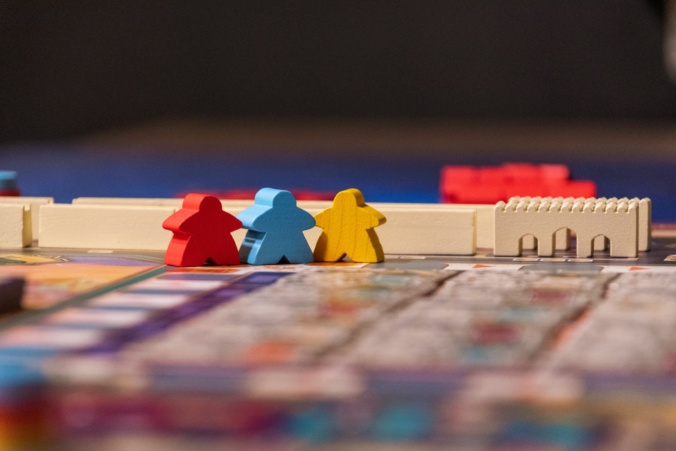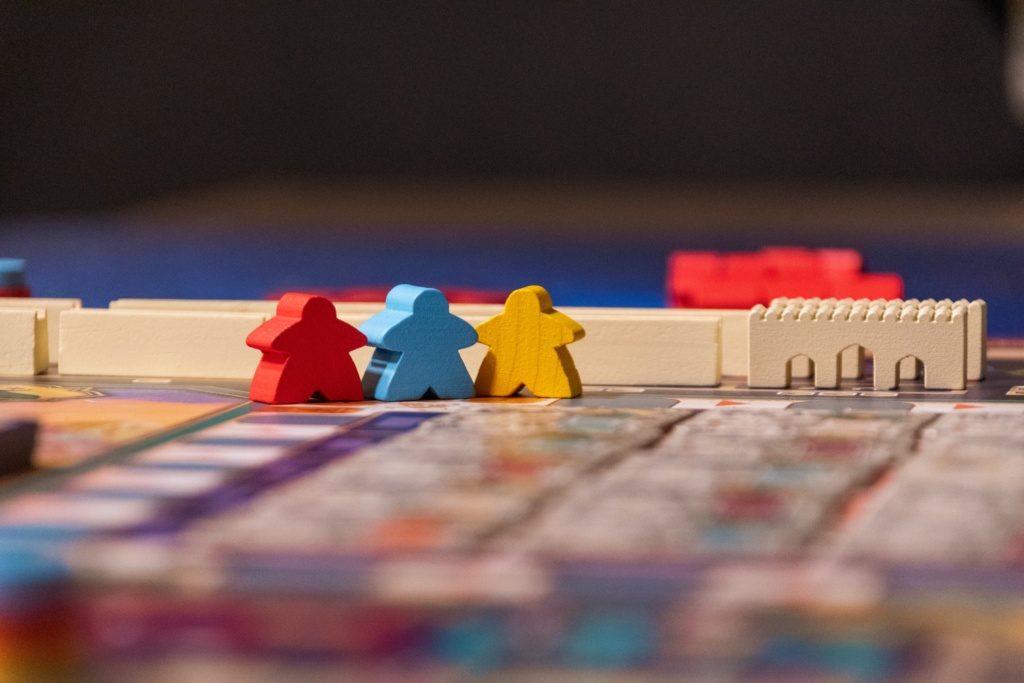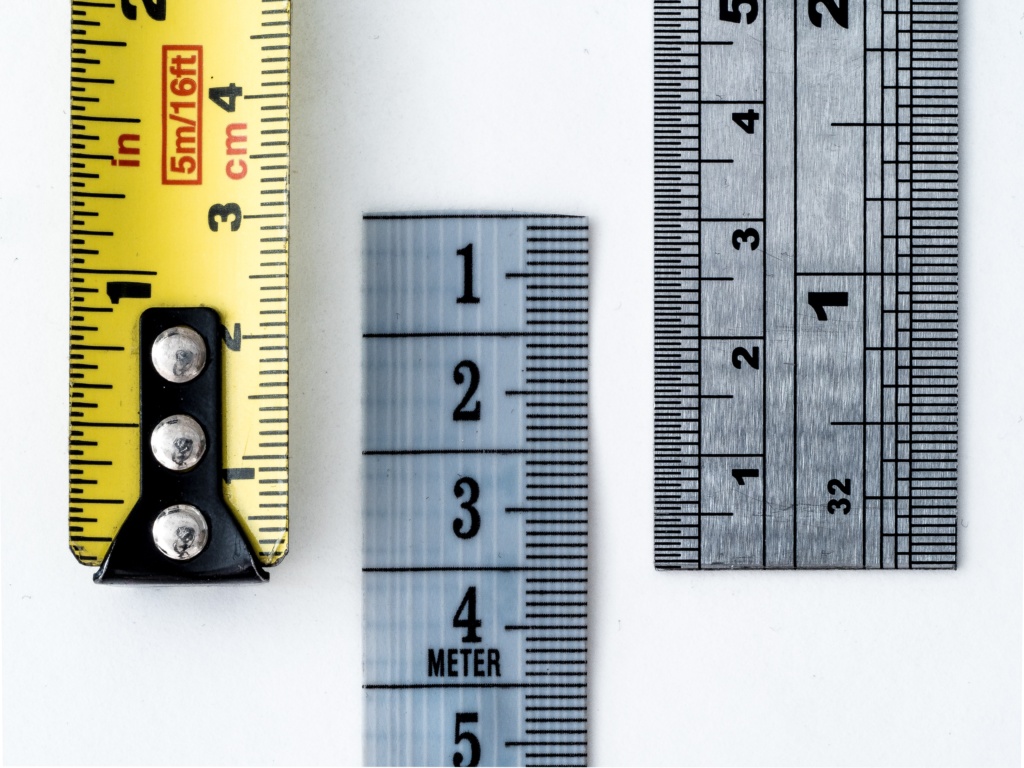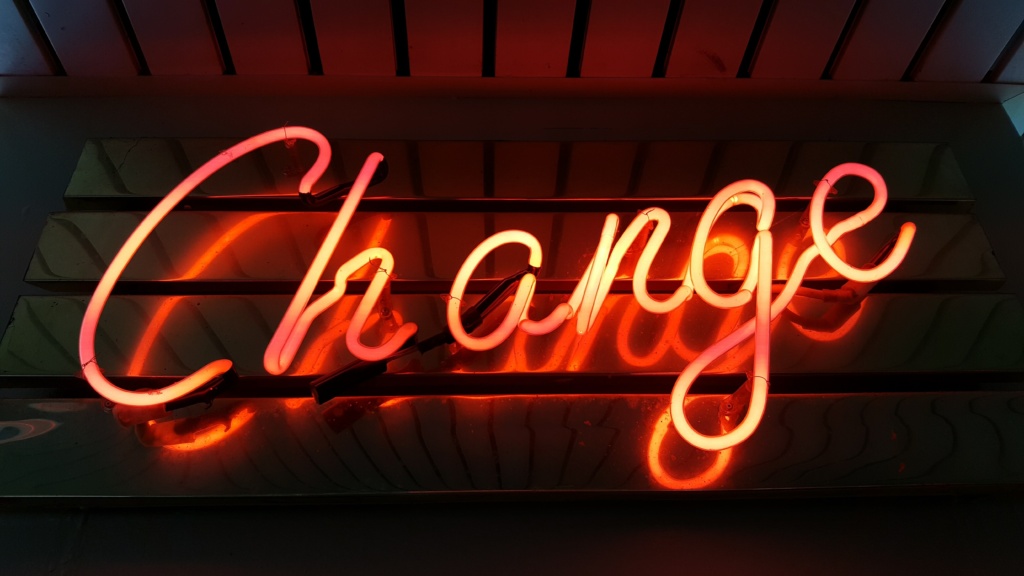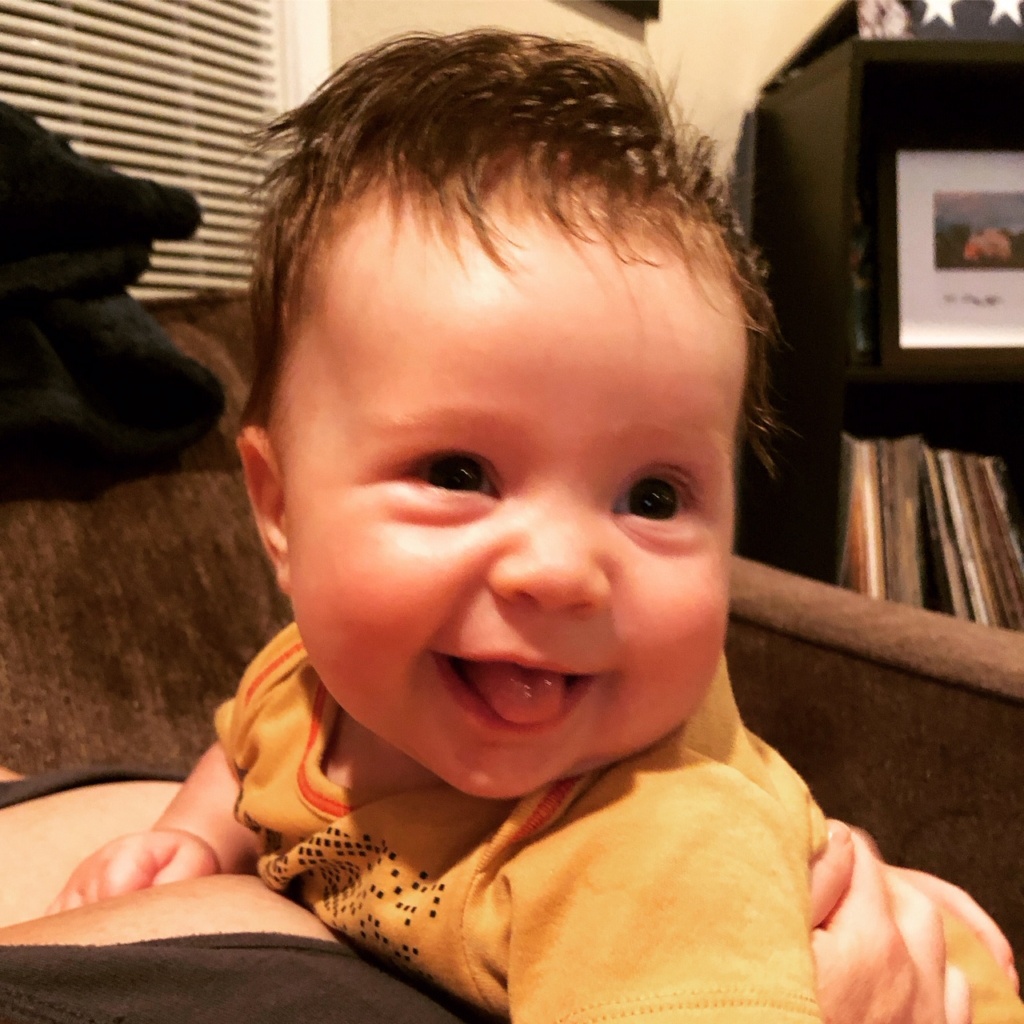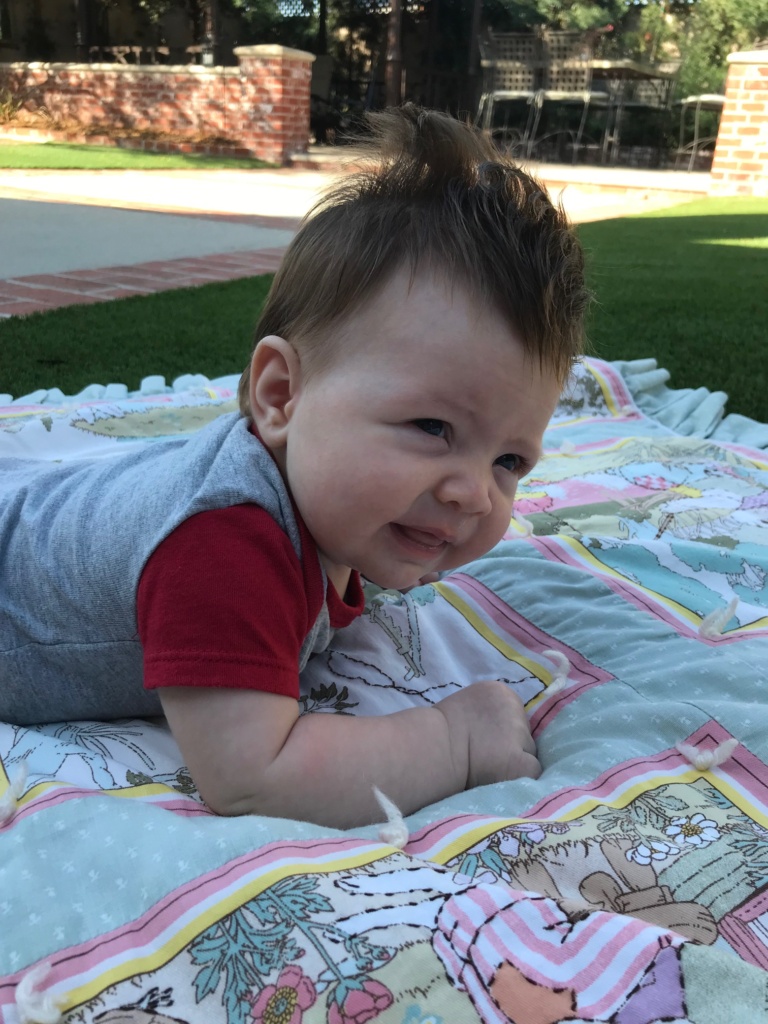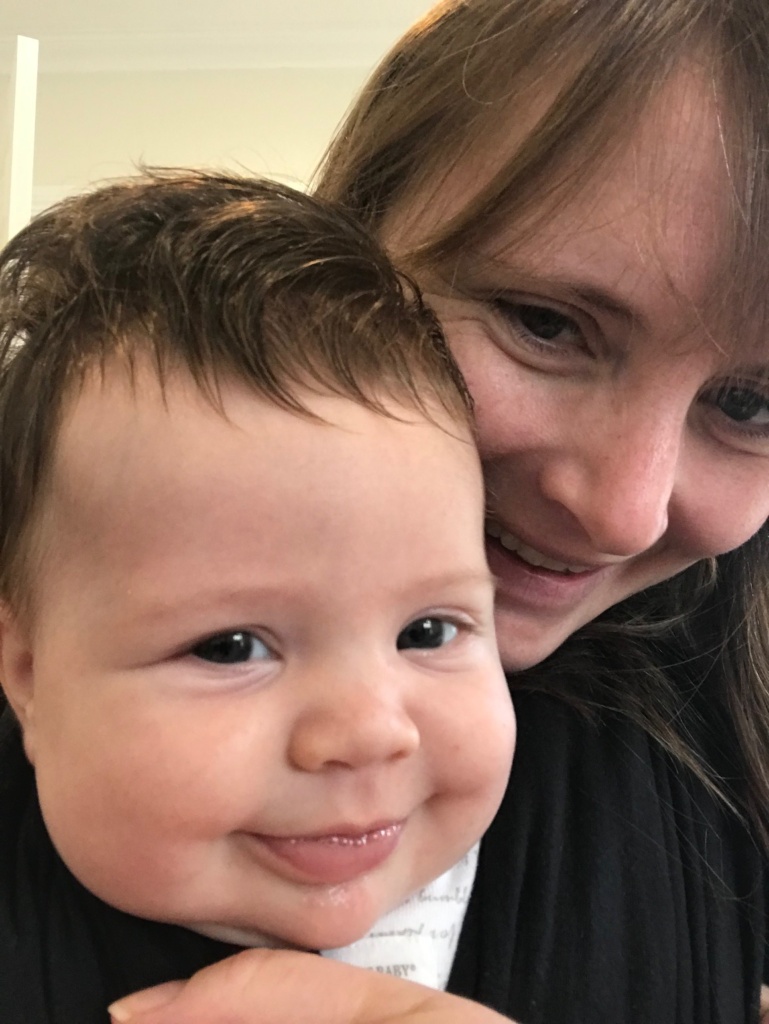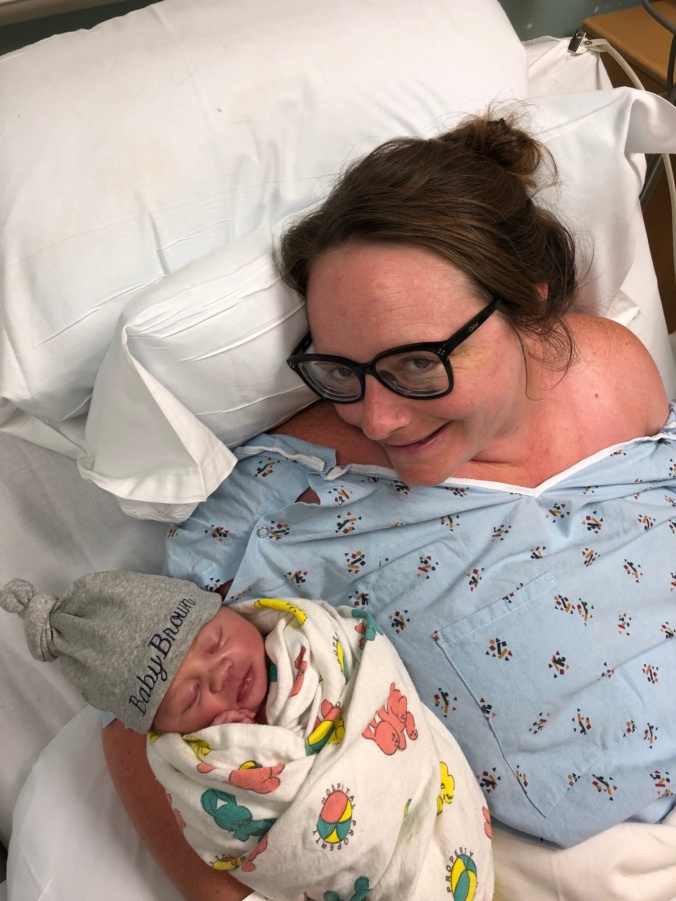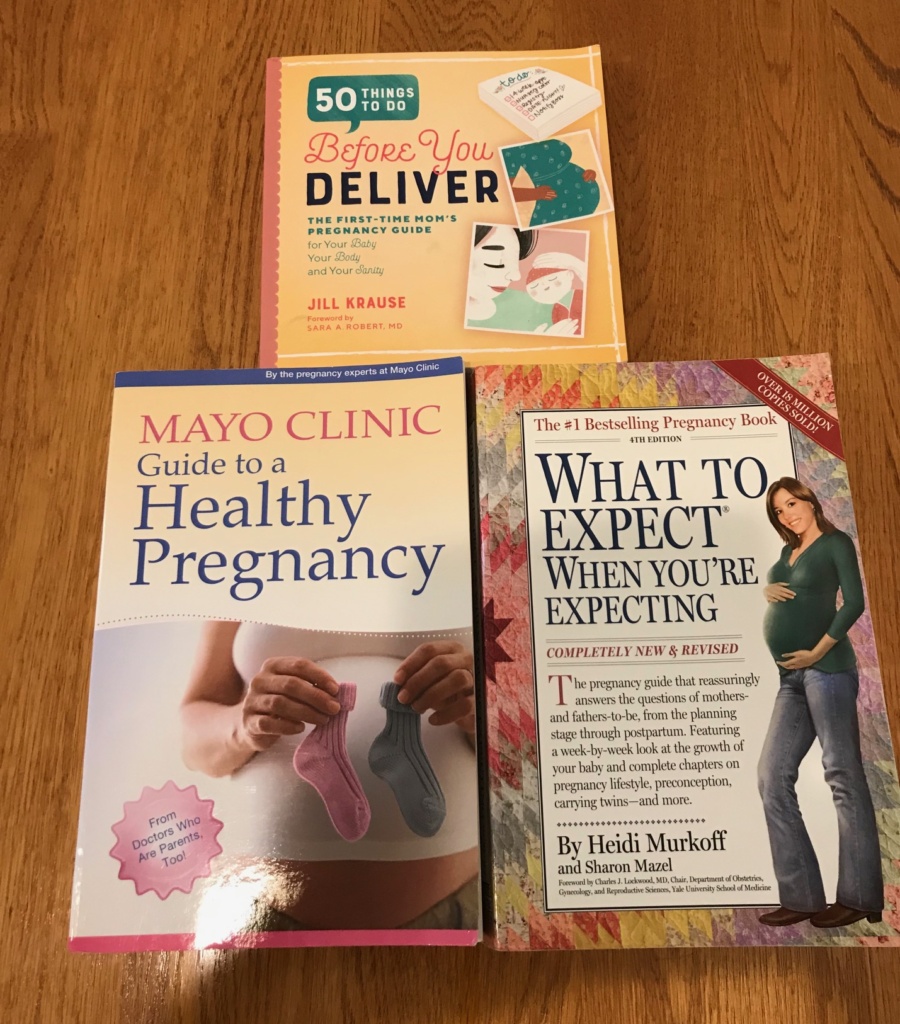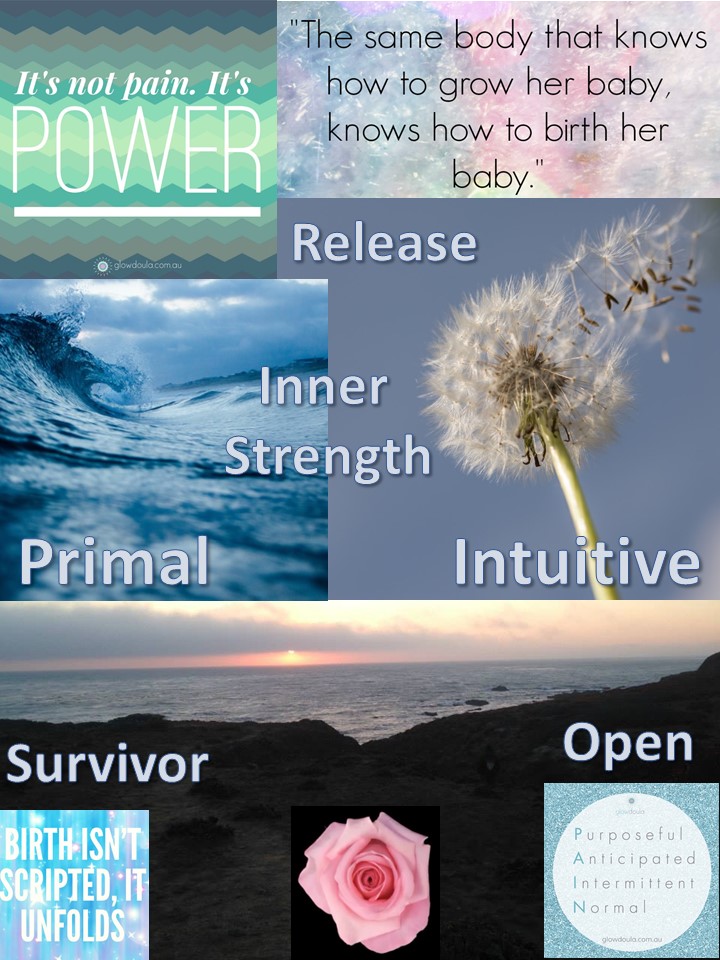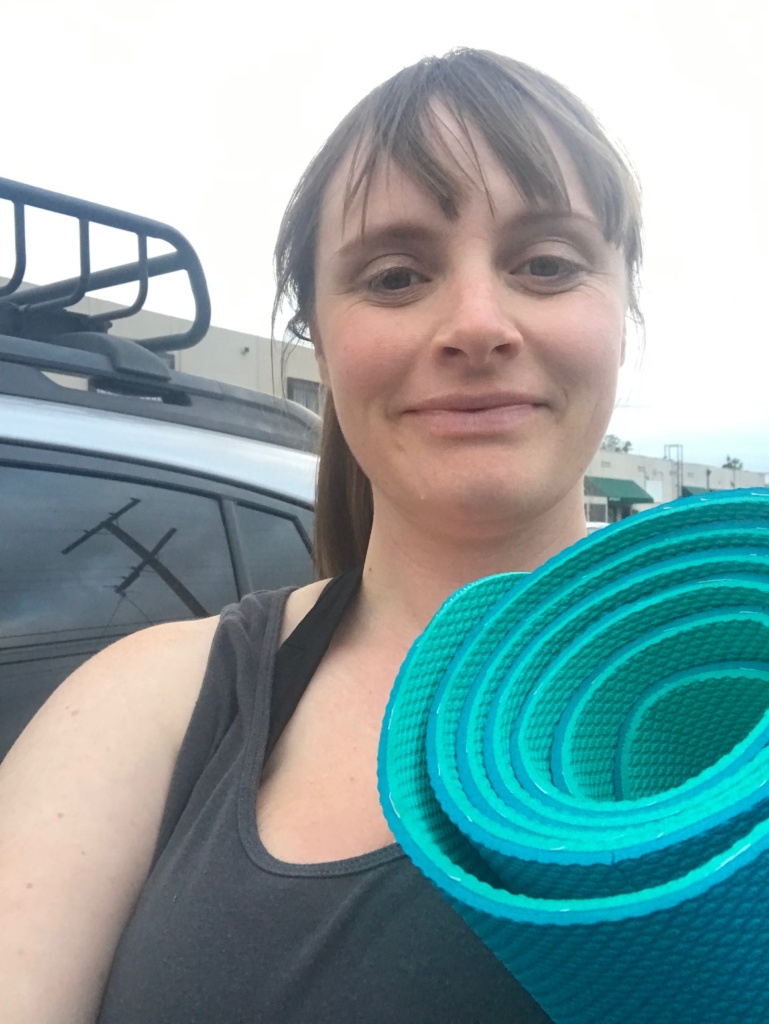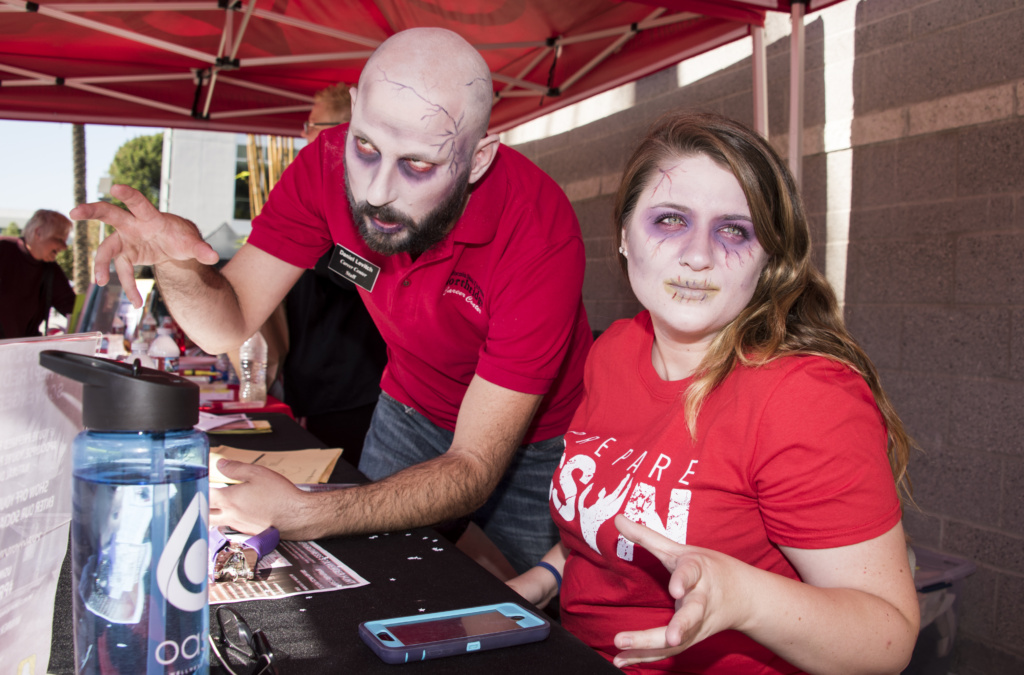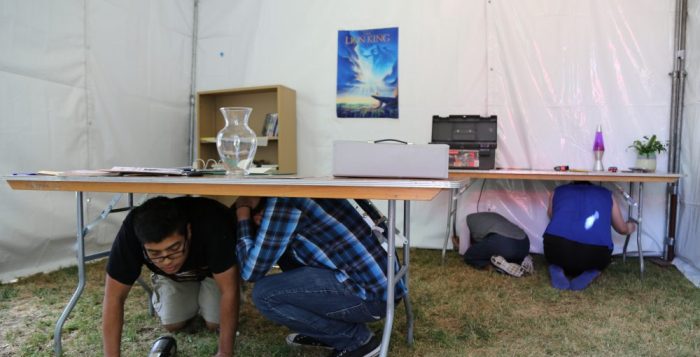As a career emergency manager and preparedness advocate it may strike you as odd, but I cannot stand community preparedness fairs. Many emergency services agencies have annual preparedness fairs and take great pride in the hours of logistical planning that go into it. They have traditionally been a key method of preparedness outreach. I certainly don’t discount these hours of hard work and the community traditions that have been built around these fairs. I just can’t stand them because I don’t believe it is an effective method for getting our key messages through to the public. I firmly believe we can make better use of our time and effort by trying new avenues of preparedness outreach.
Reason #1: Generic Information
The information that is being provided is too often a ‘one size fits all’ generic information pamphlet that takes the classic ‘get a kit, make a plan, stay informed’ and stamps that agency’s logo onto it. Information like this can be readily found online from any number of national organizations and has little added value from a local perspective. The brochures are often mass produced, with dangerous assumptions that every person who reads them comes from a similar background, has similar access to resources, and shares a common language. In some of the more diverse cities and counties, we do see information in multiple languages, which is a great start to solving this issue. But simply translating the same material into a different language is not going far enough. We need to create preparedness materials that are actually tailored to the cultures and perspectives of our target audiences.

Reason #2: Bored Staff
Too often, the booths are staffed by volunteers, interns or hourly staff seeking overtime who aren’t overly enthusiastic about sharing the preparedness gospel. They may not even be familiar with the ins and outs of the different brochures and pamphlets that adorn their booths. Many times I have walked through preparedness fairs and seen booth staffers scrolling through their phones absently, seemingly counting down the hours until the event concludes so they can get back to their evening or weekend. Conversely, the most enthusiastic booths are inevitably staffed by vendors who are eager to tout their product and make a dollar, which can sometimes annoy attendees.
Reason #3: One Way Information Channel
Booth staffers provide information to community members. This is accomplished by handing them various flyers, explaining charts or graphics in the booth or by delivering the same canned preparedness information ad nauseam to each visitor. No wonder they aren’t enthusiastic, it’s downright boring to say the same thing over and over all day. Sometimes fairs also incorporate mini lectures from preparedness experts speaking on various topics. Lectures and brochures both share one important pitfall: they are one sided. They do not leave much room for dialogue or customization of the message. The knowledgeable person talks at the person who has come to learn and then sends them on their way, feeling moderately satisfied at having communicated the message. The problem is that while the attendee may have heard you, it’s unclear whether or not they actively listened or understood you.

Photo by freestocks on Unsplash
Reason #4: Information Overload
Most preparedness fairs I’ve been to take an all hazards approach, where we try to cram all the preparedness information we possibly can into our booths and down the ears of visitors. This often results in an information overload, where the visitor quickly becomes overwhelmed and stops trying to absorb the information. The brochures are usually long, containing pages and pages of reference information. The visitor usually glances at it and then throws it into the bag with the rest of the brochures they’ve picked up.
Reason #5: No Follow Up
Many visitors have good intentions of reading the brochures, but how many of them ever do? It feels like they have accomplished something by attending the fair, enhancing their preparedness and receiving tons of information. But what good is a bunch of papers sitting in a bag in a closet? And if they do have time to read them when they get home, what if they have a question? Is there a clear, actionable next step that we are communicating to them? We tend to hold these fairs infrequently and rarely follow up with visitors to see if they have questions or have taken any action.
Reason #6: Preaching to the Choir
The type of person who chooses to attend the preparedness fair is usually someone who has some level of preparedness or understanding of hazards already. These people are typically civically engaged and active participants in other facets of their communities. The people who need the information the most are unlikely or unable to take the time to attend in the evening or weekend hours, when retail and service industry employees are often scheduled to work.
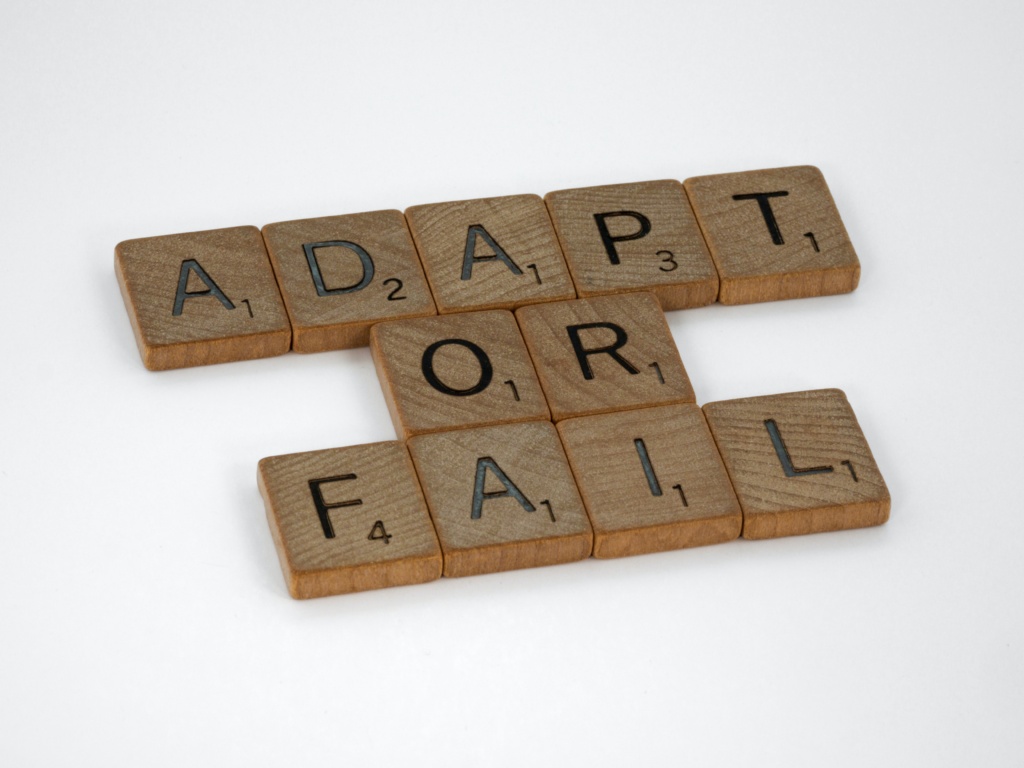
Improving Community Preparedness Fairs
So what can we do to address these issues? If you are married to the idea of having a traditional preparedness fair, I think there are steps that can be taken to enhance the experience of your visitors. Get away from long, generic pamphlets. Focus on key messages that are locally applicable to your visitors. As much as you can, tailor information to the cultures and demographics where you will be holding the fair. Recruit enthusiastic people to staff the booths and provide them some training before the event. Set your expectation for them to facilitate two way dialogues with visitors, ensuring unique conversations with each person who visits. Introduce hands-on exhibits into the booths as much as possible, allowing visitors to interact with the material and incorporate tactile learning.
Radicalizing Community Preparedness
Instead of trying to make fairs better, why don’t we replace them with innovative, exciting events? It will take more creativity and may seem like a leap of faith to try something out of your comfort zone, but I promise that you will be rewarded with much greater enthusiasm and the knowledge that you have given your participants a truly educational and engaging experience. Radical preparedness events are a lot of work, but so are the logistics that go into planning a traditional fair.
I gave an EM Vision talk on this subject at the 2018 IAEM Conference in Grand Rapids. How can we create fun, non-traditional emergency preparedness events? In the framework I developed for innovative preparedness outreach, there are three core pieces that you must first define.
Start with a defined message.
There is so much to learn about preparedness and emergency procedures. We will have more success if we hone in on one subject at a time rather than trying to give everyone everything at once. Do you want to focus on your emergency notification? Evacuation? Hurricanes? Earthquakes? Preparedness Kits? Preparedness Plans? Pick the most pertinent topic for your community and go from there.
Select an interactive method.
People learn best when they engage directly with the material, ideally in a physical environment. This is where we can try to ‘game-ify’ preparedness and introduce some fun, good natured competition. When I was the Emergency Manager at Cal State Northridge, I designed two award-winning programs to help our students prepare. For one, I used a scavenger hunt concept and the other I used an escape room concept. There are many different routes you can go with this. Get creative–it can be a card game, murder mystery, a ‘create your own adventure’ story, or so many other things. The key is just that it has that interactive component.
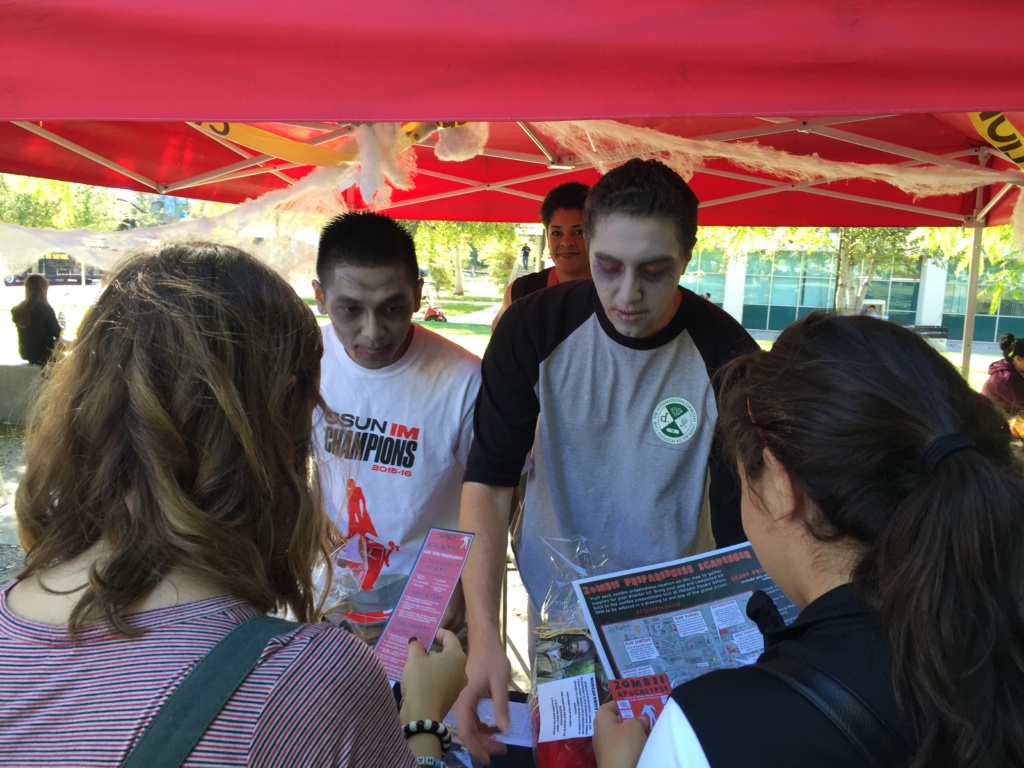
Utilize pop culture.
This is where you can make your event fun and attractive. By selecting a fun pop culture theme you will create a hook for your audience. It should be a theme that is similar to one you would use for a social party and/or fundraiser. At CSUN, I chose a zombie theme for one event and a 90’s theme for the other.
It may be scary and uncomfortable at first but I guarantee that the new buzz you generate around preparedness will be worth it! Visit my preparedness outreach page for more ideas.

